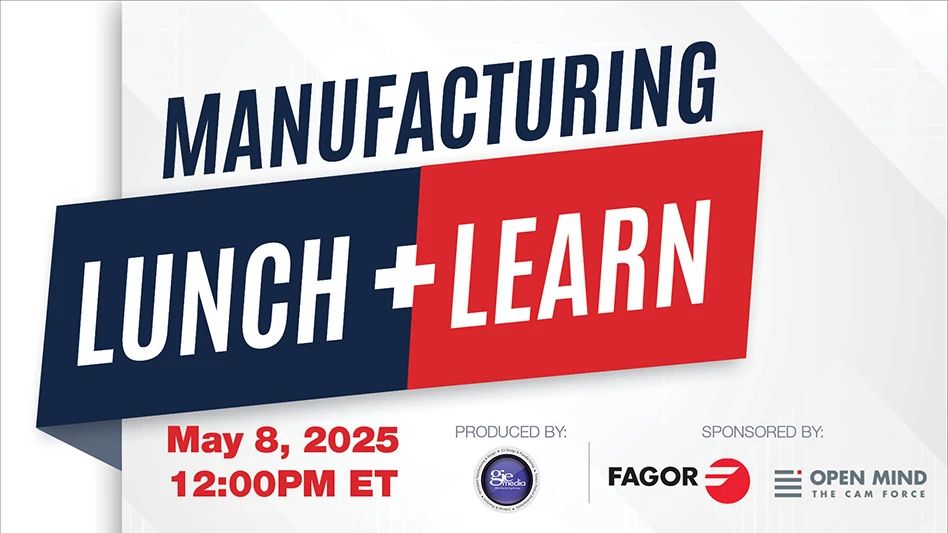
Introducing a linear drive into new or existing medical or laboratory applications can be a challenging task for two reasons. First, medical and laboratory applications are usually accompanied by a cluster of application demands, ranging from reliability and precise repeatable movement, to restrictions on size and limitations on noise. Second, there are now many different linear motion devices to consider. However, a closer look at past linear motion solutions in medical and laboratory equipment shows that one type of linear motion device – the ballscrew – has an outstanding record for meeting instrumentation requirements. Ballscrews have provided so many effective solutions that many designers have put them ‘first on the list' when considering linear motion devices in medicine and research.
Ballscrews continue to maintain their prime position because of continuous development. For example, precision rolled ballscrews, ideally suited for laboratory instrumentation, are available with standard diameters ranging from 6mm to 16mm, and leads ranging from 2mm to 12.7mm. These versatile ballscrews have optimized cylindrical nut geometry to significantly reduce noise. They have smaller leads to produce extremely high levels of positioning accuracy and balls that extend service life by eliminating any potential for overheating and jamming – a potential risk with sliding screws. Also, their capability to handle higher dynamic loads, despite their reduced size, enables designers to specify even smaller ballscrew assemblies to fit the needs of even smaller instruments.
Some examples of where ballscrews have been successful in medical instrumentation include the pump for a blood separation device used in cardiac surgery and an axial pump used for blood movement through a dialyzer.
So, can a ballscrew meet your particular application demands?
Ballscrew Basics
The basic ballscrew assembly consists of a motor-driven screw, an associated nut and a ball recirculation device. Unlike sliding screws that have a higher coefficient of friction and lower efficiency, a ballscrew usually converts about 90% of a motor's torque into thrust.


A design simulation of SKF ballscrews, sectioned to show recirculating balls and device.
It does this by having a shaft with a precision-rolled or ground-helical groove along i ts length and an associated nut with a matching internal groove. The groove on the shaft acts as an inner race while the groove in the nut acts as an outer race for precision steel balls. The balls circulate in the groove between the shaft and nut to provide linear motion from the shaft or the nut, depending on the application requirements. It is an arrangement that ensures minimal mechanical wear and lifetime reliability.
A key design element for any ballscrew is the means provided to take balls that have reached the end of their journey inside the nut back to the beginning of the nut ready for recirculation. Usually this is done by an external tube arrangement that completes the circuit from nut end to nut beginning. However, because external tubes can be damaged during installation, alternative methods are now being developed. One effective method is to provide the ballscrew with an internal "no-tubing" system called inserts. With this method, deflector pins quickly remove balls from the end of the nut and return them to the beginning to complete the ball circuit.
Matching to an Application
When preparing to select a ballscrew for a proposed linear motion application, it is always possible to overlook a critical requirement. Any such oversight can affect performance and be costly to rectify, so it pays to be aware of every critical factor associated with the application. That is the reason for the simple checklist that follows. It is a reminder of what ideally should be known when designing-in a ballscrew.
Checklist for the application's critical requirements:
- Load – a detailed load profile for the application
- Speed – the required linear and rotational speeds
- Acceleration – the required rates of acceleration
- Cycle rate – the required cycle rate
- Drive torque – the required drive torque limits
- Environmental – the environmental requirements that need to be met
- Lead accuracy – the required lead accuracy
- Life – the required life for the ballscrew
- Stiffness – the required system stiffness
- Repeatability – the required repeatability
- Noise – the maximum noise level
Other Factors
There are other factors such as the type of lubricant, and whether the assembly needs to be coated for some reason that might be considered at this stage. But for now, they are secondary to the critical requirements listed above. However, there are two other factors that need special consideration: backlash and bearing support.
When the ballscrew is at rest there will always be some degree of axial motion between the screw and the nut. This is known as backlash and is usually in the order of 70µm and if required it can be made even less. Backlash usually occurs when load direction changes; the resulting displacement produces positioning errors.
The usual method for overcoming backlash is to introduce some type of preloading into the ballscrew. This will increase stiffness and eliminate any axial play so that reliability and accurate positioning are improved. Preloading is achieved by the use of a preloaded nut. This can apply an axial force by using a split/tandem nut, or the nut can be made to operate with plus-size rolling elements.
In vertical motion applications backlash is not an issue because the load pushes down on the nut keeping it in constant contact with the screw. Accuracy is maintained whether the load is being raised or lowered. Another advantage with vertical motion applications is that the torque needed to lower the load is less than that required to raise it. This means there are sometimes opportunities for downsizing the motor; however, it is always necessary to brake the screw shaft with the motor to prevent any back-driving.
When a ballscrew is installed in any medical or laboratory equipment, the degree of support provided by the bearings determines the speed at which the shaft can rotate and its maximum load. Deep groove ball bearings offer good radial stiffness but poor axial stiffness. Stiffness in both directions can be provided by the use of fixed supports using pairs of angular contact bearings.
Some types of fixed support allow the shaft to be suppor ted at one end and have the other end left free (unsupported). Usually it is the demands of the application that determine the type of support required for optimum performance.
Performance
In addition to the checklist and two factors above, there are three additional items worthy of attention for precise and repeatable positioning performance.
Systematic positioning errors caused by thermal expansion of the screw shaft are usually overcome by keeping the operating temperature of the screw constant. An associated benefit from keeping the temperature constant is that it enables a specific lubricant that will improve stability and give top performance.
Another way to accommodate the error is by making changes to the software and modifying the mounting arrangements.
Lead precision of a ballscrew is defined as the difference between the theoretical and the actual position on a given number of points along the working stroke. It can be particularly problematical when working with two ballscrews used in parallel. If the two screws can be controlled independently with a linear controller and different servomotors the problem is overcome, otherwise it will be necessary to select two screws with matching leads.
The usual way to increase stiffness or eliminate backlash is to use a ballscrew with a preloaded nut. However, this can result in the drive torque being increased if the output force is low compared to the preload level. This is why it is recommended to calibrate the preload force with accuracy to minimize side friction effects from the preload , and to achieve the necessary stiffness.
Assistance
Being aware of the critical require– ments, applications and other recommendations will put a user in a position where they can confidently speak to a manufacturer, and in most cases, ensure they get the ballscrew that will match the application requirements. To be even more certain that nothing has been overlooked, remember to always consider partnering with an experienced manufacturer to get the product and the performance that required.
Get curated news on YOUR industry.
Enter your email to receive our newsletters.
Explore the September 2008 Issue
Check out more from this issue and find your next story to read.
Latest from Today's Medical Developments
- Siemens accelerates path toward AI-driven industries through innovation and partnerships
- REGO-FIX’s ForceMaster and powRgrip product lines
- Roundup of some news hires around the manufacturing industry
- Mazak’s INTEGREX j-Series NEO Machines
- The Association for Advancing Automation (A3) releases vision for a U.S. national robotics strategy
- Mitutoyo America’s SJ-220 Surftest
- #56 - Manufacturing Matters - How Robotics and Automation are Transforming Manufacturing
- STUDER looks back on a solid 2024 financial year







